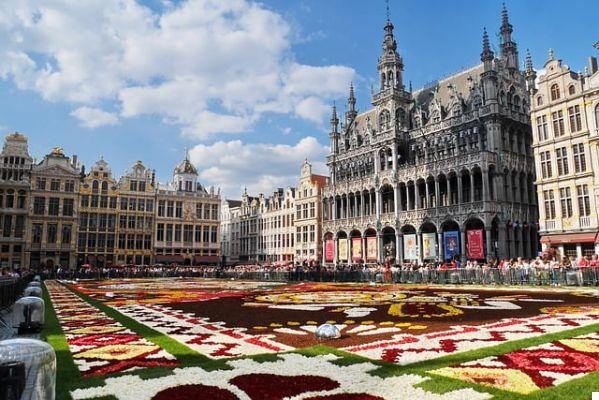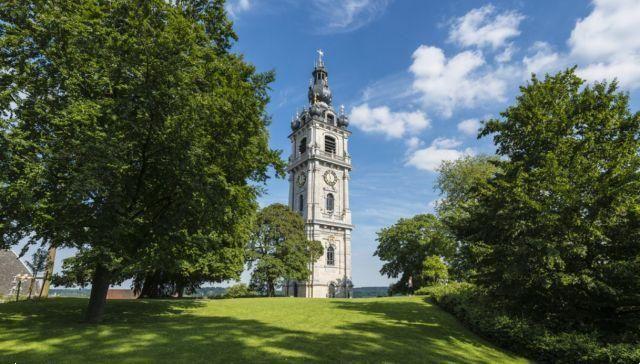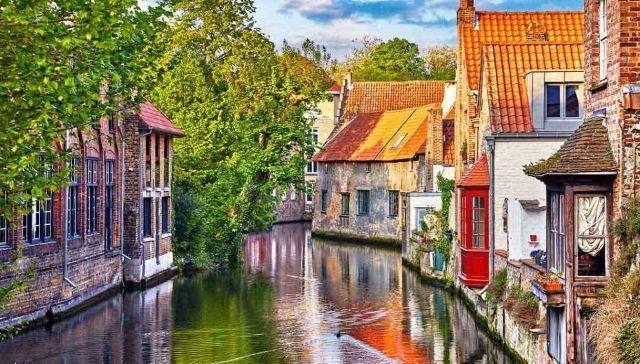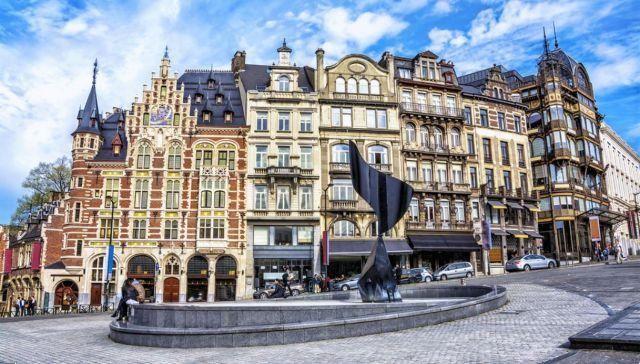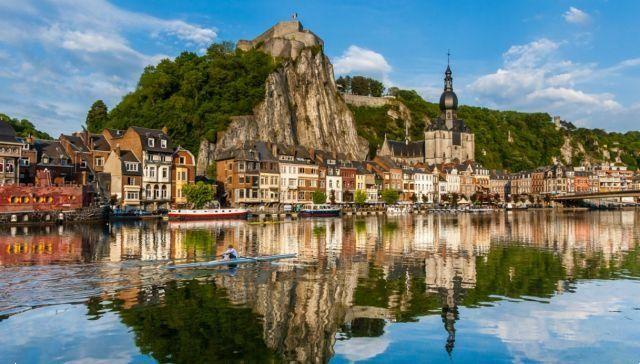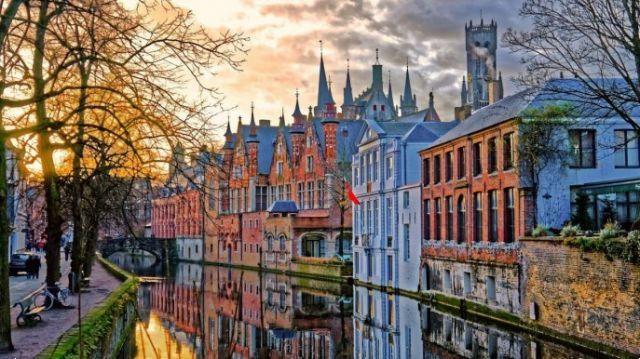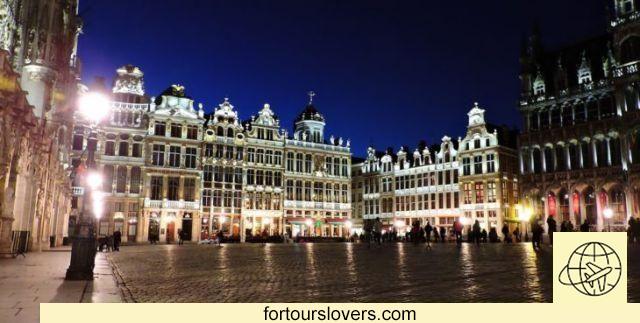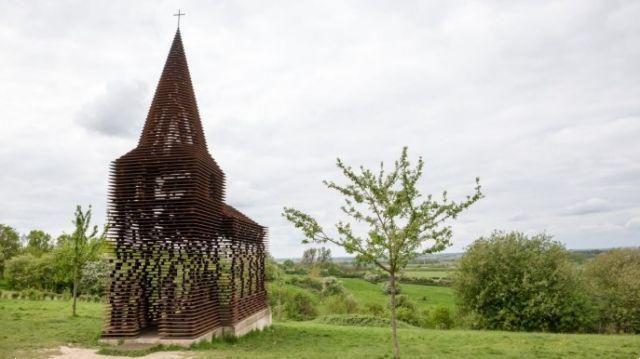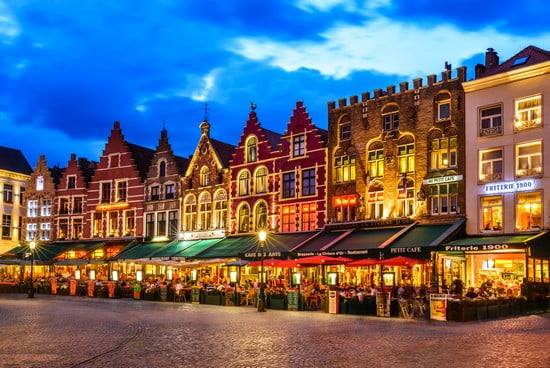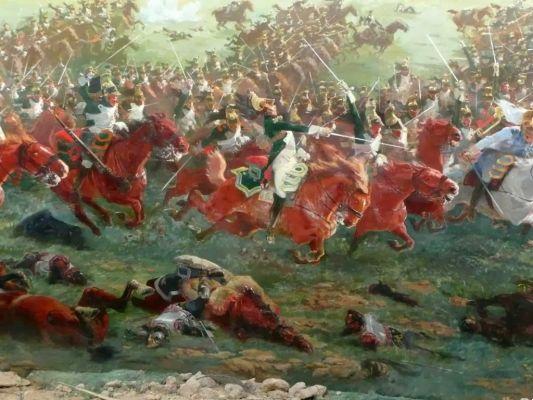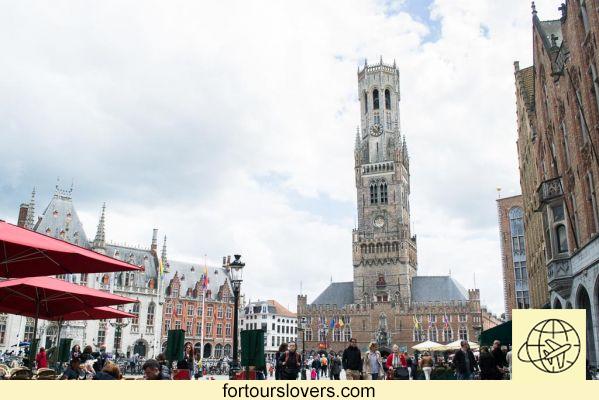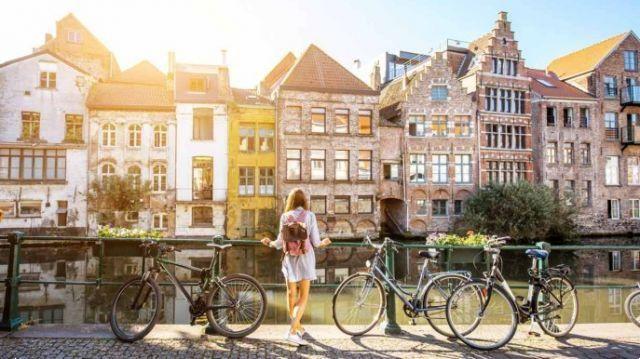Brussels, the capital of Belgium and home to the European institutions, it is a perfect destination for a fairytale holiday. The Grand Place which expresses the noble and proud soul of the city through its baroque and gothic buildings and the many museums dedicated not only to artistic masterpieces but also musical instruments, chocolate, beer and comics are just some of the wonderful attractions that we will delve deeper into this guide to discovering Brussels.
To immerse yourself in the atmosphere of the Belgian capital, start your visit from Grand Place, close to the Gare Centrale metro station, included in the UNESCO list of world heritage sites in 1998. It is certainly one of the most beautiful squares in the world. The Grand Place is a homogeneous architectural system of public and private buildings, mainly dating back to the late XNUMXth century. Untouched for centuries, the square features baroque and gothic structures and reflects the soul of Brussels.
On Grand Place you can admire many monuments of architectural and artistic value. Like theHotel de Ville, the Town Hall, a 1390th century masterpiece. The entire facade presents a sumptuous sculptural decoration of statues, canopies and pinnacles. The statues represent the dukes of Brabant (Brussels noble dynasty), saints, allegorical figures and prophets. The original sculptures of the prophets, from the school of Claus Sluter of XNUMX, are located in the City Museum of Brussels. The statues of the main portal are original from the end of the XNUMXth century.
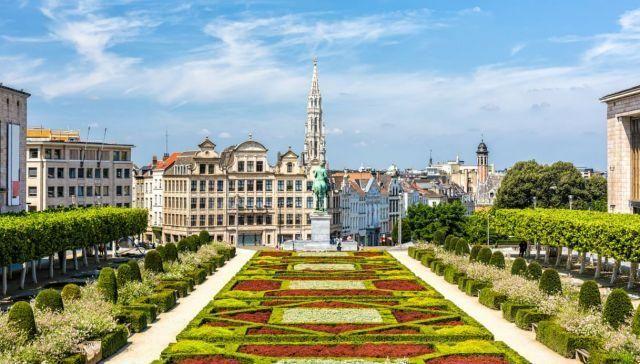
Source: iStock
Also on this square, the civic tower of the capital of Belgium leaves you breathless, one of the absolute masterpieces of Gothic architecture in the Brabant Gothic style: it is one of the most beautiful civic towers in the world. It was built between 1449 and 1454 by Jan van Ruysbroeck, court architect of Philip the Good, and is 96 meters high. The sturdy square tower culminates in an openwork octagonal spire surrounded by 4 lateral turrets. Elan, grace and shapes: it's there for everyone Tour Inimitable. At the top of the spire there is the statue of Saint Michael and the Devil, symbol of the city, 5 meters high, all in gilded copper, dating back to 1454, the work of Marten van Rode.
Then stop on the Grand Place in front of the King's House, Brabant Gothic building rebuilt in the 1887th century in Flamboyant Gothic style on original XNUMXth century plans. Former bread market, it became an administrative center under the empire of Charles V; since then it has been the Mason du Roi. A three-storey building surmounted by a roof overlooked by numerous dormer windows and dotted with statues of standard bearers, it has housed the Civic Museum since XNUMX. In the center of the facade there is the beautiful tower with a quadrangular plan and an octagonal template with a rounded slate helmet; it also has statues and spiers on the side facades.
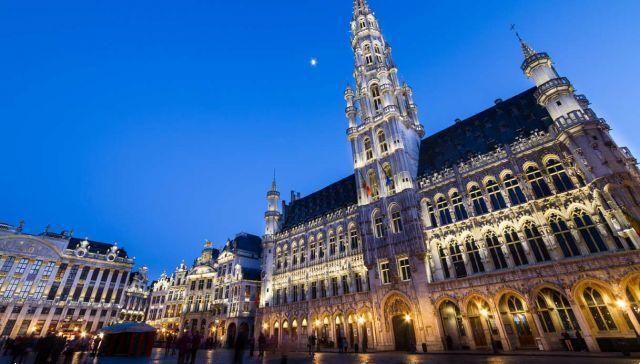
Source: Fotolia
For those who have a few days available to visit the city and wish to delve deeper into the history and culture of this ancient trading center of Northern Europe, the Civic Museum of the Maison du Roi traces the history of the Belgian capital. Inside you can admire magnificent 16th and 17th century tapestries, porcelain, gold, silver, and the original sculptures of the Hotel de Ville. The reconstructions of the medieval city and of the life that took place at the river port of the now disappeared Senne river are beautiful.
In the square also stop to admire the magnificent guild houses, all dating back to the 17th, 18th and 19th centuries, which are the setting for some major recurring events. If you are planning a trip to Brussels soon, you cannot miss the splendid folkloristic event ofOmmegang, historical re-enactment with over 1.000 people in costume representing the corporations and army corps (remembrance of an event organized in 1549 for Charles V). The appointment is from 26 to 29 June 2019. The second is the flower display on August 15th, the feast of the Assumption of Mary, when the square of the Belgian capital is filled with a gigantic carpet of flowers 25 meters wide and 75 meters long, made up of more than 500 thousand begonia plants.
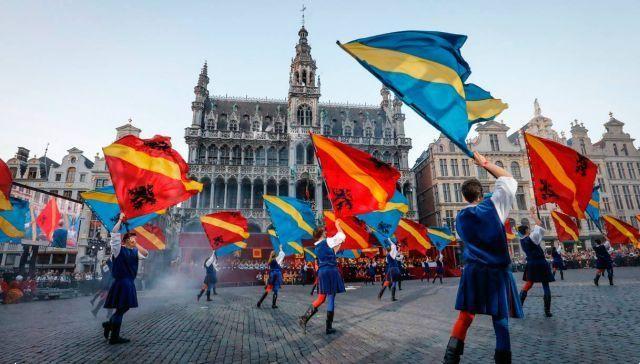
Near the Grand Place, visit the Cocoa and Chocolate Museum where every day a chef shows the many tourists how chocolate pralines are prepared. And always here don't miss the Belgian Brewers Museum where the beer production techniques are illustrated to visitors and where mugs and artistic objects related to this drink loved all over the world are displayed. During your stay in Brussels you will discover that chocolate and beer are two elements of pride in the city!
In the capital of Belgium there are many museums. Fans of ancient and modern art cannot miss the Royal Museums of Fine Arts, the Royal Museum of Fine Arts of Belgium (rue de la Regence 3), divided into two sections: ancient art and modern art, where you can delve deeper into the work of the Flemish school; and modern art, which displays masterpieces by Magritte, Delvaux, Ensor, Klee, Chagall and Picasso.
Among the thematic museums, we suggest the comics museum and the musical instruments museum. In Rue des Sables (Gare Centrale nearest metro stop) there is the Center Belgian de la Bande Dessinee: the comics museum in Belgium. Housed in an Art Nouveau building, built in 1996 based on a design by Victor Horta. The permanent exhibition displays 30.000 volumes (Asterix, Charlie Brown, Batman and Superman). Also worth a look Musical Instrument Museum (rue de la Montagne de la Cour 2) is among the most important of its kind in the world.
All those who visit the city, those who do so for a few hours as well as those who dedicate an entire holiday to it, return home with a snapshot under the statue of Manneken Pis, one of the symbols of Brussels. The Manneken Pis at the intersection of Rue de l'Etuve/Stoofstraat with rue de Chene/Eikstraat is a small bronze sculpture (51 cm high) which depicts a naked child peeing. The work, attributed to the sculptor Hieronymus Duquesnoy the Elder, dates back to 1618 and on particular occasions is covered with original costumes; the real statue is now in the museum and there is a copy in the alley.
Another symbol of the Belgian capital is theAtomium created for the 1958 universal exhibition consisting of metal spheres that trace the structure of the atom. It is located in Heysel Park, outside the historic center and Grand Place but easily reachable by public transport in about 40 minutes. The view of the city from the upper sphere is truly fantastic. The city also offers citizens and tourists other large parks and green areas where they can spend their free time; we also suggest a stop at Cinquantenaire Park where you can admire the Arc de Triomphe built in 1905.
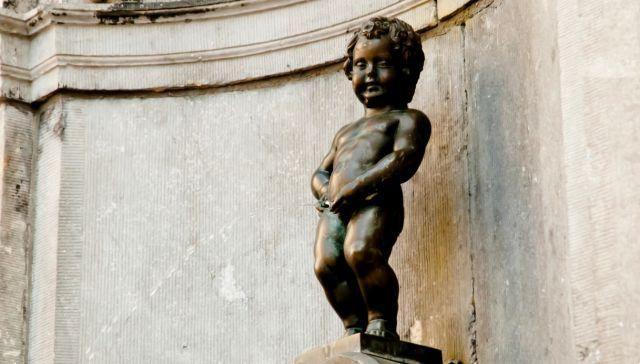
Source: 123rf




